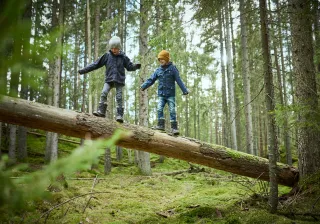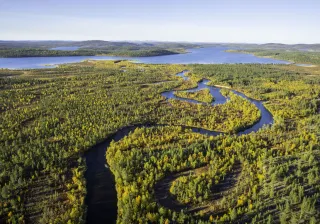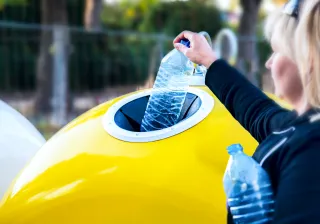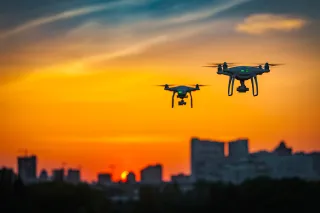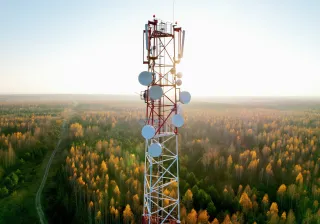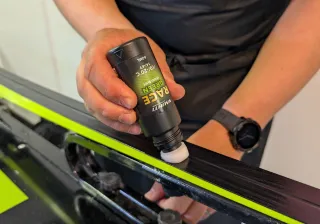In my new role as a strategic foresight developer (Lead, Futures) at VTT, I try to understand what problems we should be solving with science and technology in the future and how those problems could be solved in a sustainable and comprehensive manner. How to make sure, in advance, that problem-solving doesn’t create negative impacts to the environment, social structures and culture?
In my new role as a strategic foresight developer (Lead, Futures) at VTT, I try to understand what problems we should be solving with science and technology in the future and how those problems could be solved in a sustainable and comprehensive manner. How to make sure, in advance, that problem-solving doesn’t create negative impacts to the environment, social structures and culture?
Technology is developing fast in today’s world. Our scientific and technological capacity for solving problems is better than ever before.
VTT’s areas of exponential hope demonstrate industries that will be transformed soon with the help of science and technology. At the same time, they contribute solving some of society’s greatest challenges.
We can already produce food without fields, for example. The VTT spin-off Solar Foods uses solar power to convert carbon dioxide and food waste into an edible protein. Also, a method developed at VTT that makes it possible to produce coffee in a laboratory. Perhaps on an industrial scale in the near future. Innovations like these have great potential, because changes in the climate and a growing population mean that producing food with the current methods is no longer sufficient.
However, as soon as we solve one problem, others emerge. The coronavirus pandemic is a good example of this. After the human race succeeded in developing vaccines at an unprecedented pace, people showed unexpected reluctance to take those vaccines.
In other words, a technological solution is often not enough: the solution must also be socially accepted and financially feasible.
A visualisation by Elsa Wikander/Azote illustrates well the interconnected nature of problems and solutions (Folke et al., 2016).

To harness science and technology for the benefit people and nature in a sustainable way in the future, it’s important to learn from the history and develop our ability to work in an anticipatory manner.
Have you considered what science and technology should solve and how those problems should be solved? Share your ideas: #futureinnovations

